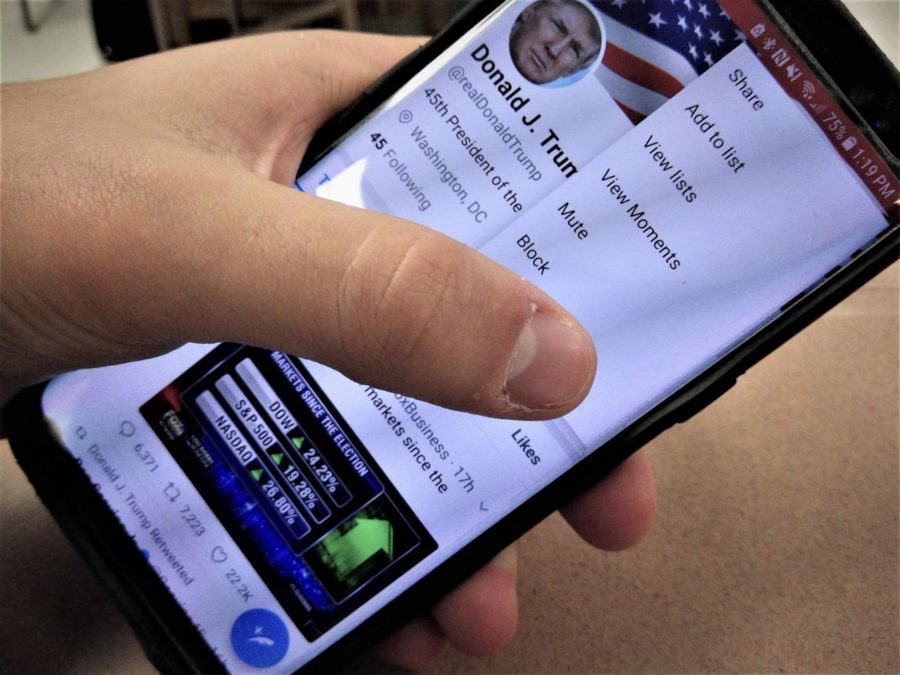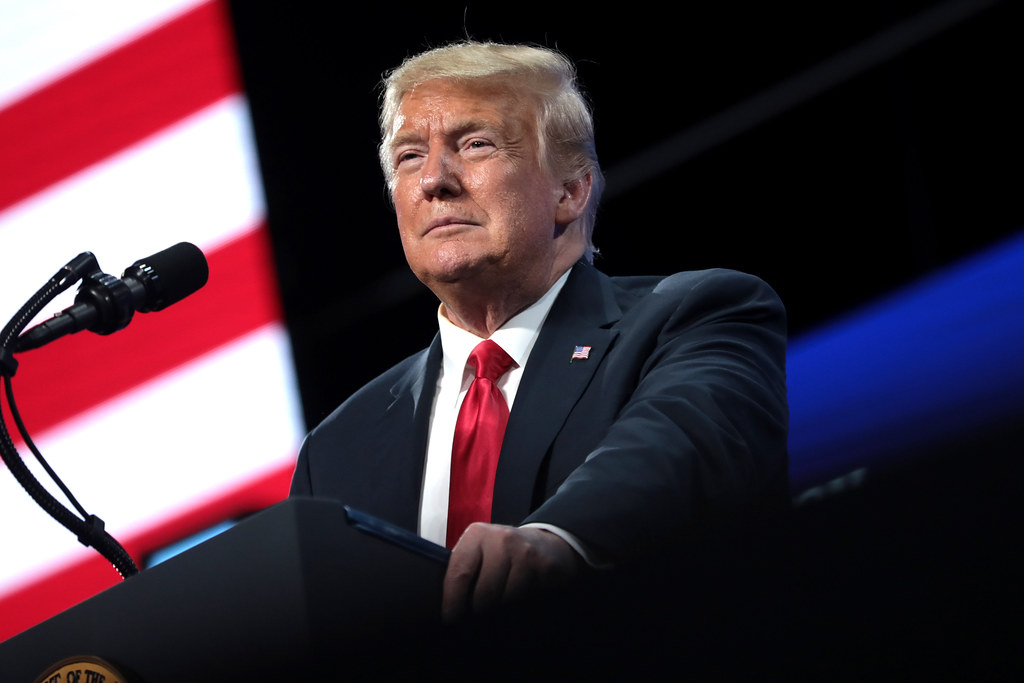The Art of Protesting Trump Administration in the Digital Age
Eli Weitzman (’20) / Eastside Webmaster
Many people despise Donald Trump’s twitter. Others may use it as a portal to protest.
October 6, 2017
On December 15, 1791, the Bill of Rights cemented one of the founding principles of this country; the first amendment, an act that solidified the right to free speech in America. Whether it be for the sake of the nation or individuals themselves, the people gained the power to speak loudly and clearly against virtually anything.
During the Trump administration, Americans have stood both proudly with each other, and vehemently against one another, to exercise their freedoms. The Women’s March in Washington preceded 408 other protests across the country. Its three founders, Evvie Harmon, Fontaine Pearson, and Breanne Butler, influenced by Teresa Shook, created a Facebook campaign for women to unite. Not intending it to be a march against the president, the tides suddenly turned when men and women from all over the country joined forces
To protest the President of the United States. From the Affordable Care Act to Black Lives Matter, the citizens who have spoken out addressed issues that the president needed to account for.
Utilizing social media platforms, Americans on both ends of the political spectrum started to voice their opinions on Trump’s policies or thoughts that he shared. Throughout January and February, hashtags such as #ResistTrump and #TruthMatters filled social media. Americans were empowered to either express their support of the President or retaliate against his policies.
Slowly, the public consolidated their freedom of speech to a one-hundred-forty- character tweet that brought the protest to the digital realm, connecting thousands of people at once.
Another significant landmark in Trump protests came about when resistant Americans took to airports to rally against the president’s travel ban, an executive order disallowing refugees and visitors from seven middle-eastern countries to enter the United States.
A non-verbal form of protest then gained prominence in the media when Colin Kaepernick, then quarterback for the San Francisco 49ers, took a knee during the national anthem to condemn the police shootings that had shocked the nation. One year into Kaepernick’s protest, President Trump vocalized his opposition to this movement, which sparked a national controversy over the respect (or lack thereof) displayed by the protestors. In wake of the president’s remarks, players from every NFL team, as well as some athletes from other sports, joined Kaepernick in his protest.
The yin-yang-like division of the American public has redefined the application of the first amendment over the past six months. Americans have taken to protesting in previously unconventional forms, from kneeling at sporting events to conveying their viewpoints through social media. Twenty-first century technology is transforming the execution of protests, as a click of a few buttons by students around the country can result in overwhelming response to social media posts. Thus, mass movements of protests can be formed, solidifying the vision of a more perfect union.








